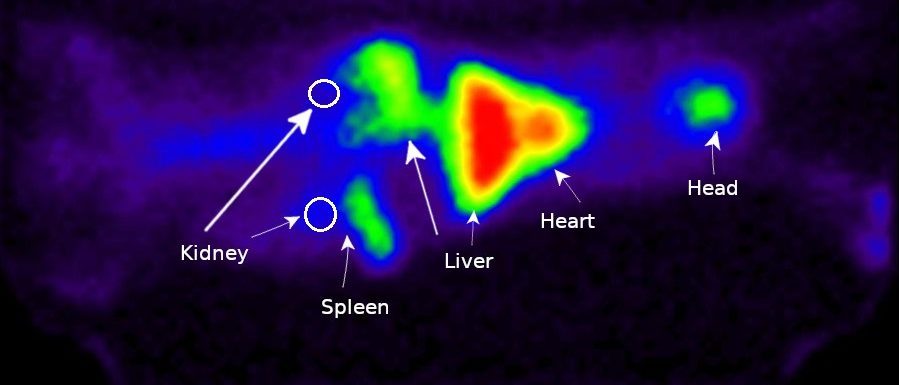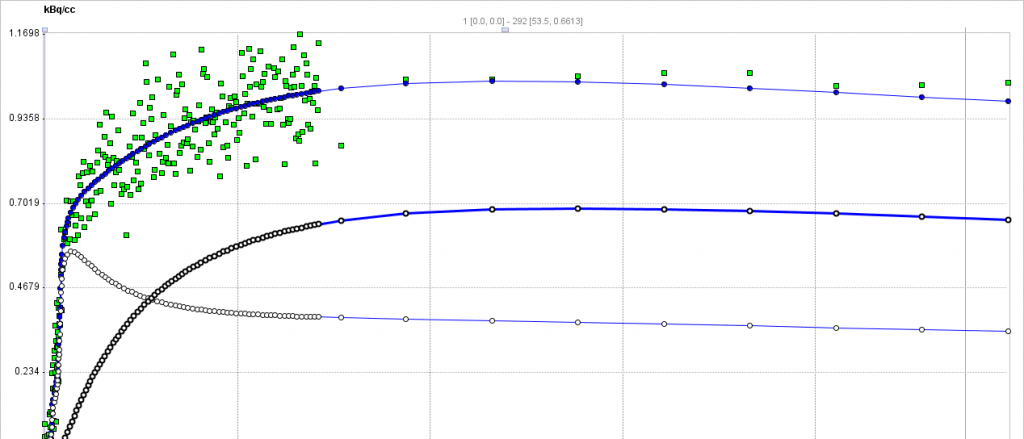Cell Imaging PK/Biodistribution
The tracking of cells in vivo is a critical aspect of any cell-based therapy research program whether a blood delivery therapy or tissue implant. Whether tracking stem cells, T-cells, or exotics like platelets, liposomes, and reporter gene constructs the question remains how to tag the cell/particle for tracking and what behavior to track (blood circulation time, sequestration PK in organs/tumors, tissue residence time and concentration). The applications range from determining the number of T-cells targeting a tumor, to determining if implanted stem cells maintain tissue implant location or migrate, and determining the PK and MOA of thrombocytopenia.
At BioLaurus we have many years’ experience with a wide range of tagging methods for use in fluorescence, SPECT, PET, and ultrasound tracking. Our expertise includes reporter gene transduction (luciferase for BLI and TK for PET) in vitro or by in vivo HDTV.
The cell tracking image modalities are typically BLI for high sensitivity screening in mice, and SPECT and PET imaging for PK in rodents and larger animals including NHP.
One of the most challenging cell tracking studies are those with platelets (PLT). We specialize in this research and are leading experts in rabbit and NHP platelet studies. This work is crucial as a high percentage of drugs in the preclinical and clinical pipeline cause thrombocytopenia often through indirect processes. These drugs are from all classes of drugs including small molecules, antisence oligonucleotides, and biologics such as mini bodies. To study PLT circulation and tissue sequestration the PK of autologous PLT must be tagged (typically In-111) without activating the PLT. This is a formidable challenge requiring precision execution of our proprietary isolation and labeling protocol. The labeled PLT are reintroduced into the test subject and tracked by dynamic imaging for PK determination and/or over days (up to 2 weeks) for survival curves. In our test system we have examined PLT PK in rabbits and NHP and examined both autologous , pooled PLT, and PLT replacement products.


